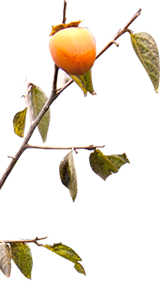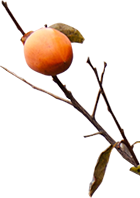The application was made through Associazinone italiana donatori and the art project organization, RICICLARTE. Prior to the planting, a seminar was held under the title “Revive time—Atomic bombs and the Holocaust: Are their memory still alive in our thought and in public opinion today?” Many young students, as well as interested citizens, attended the seminar and had lively discussions not only about nuclear bombs and the holocaust but about various problems plaguing southern Italy such as unemployment, poverty, violence and so on.
The planting ceremony was preceded by a lively performance and parade by the brass band consisting of 40 military personnel. Many town people came out as the parade approached the center of the town. The ceremony started with the speech delivered by the bishop, and the attendants remembered their ancestors and others in their prayers. It was followed by the guests’ speeches, the presentation of the artworks created by local artists and children, interviews, and a poetry reading. The attendants then walked on the esplanade to the planting site, where flew the beautiful Kaki (persimmon)-colored flag which was handmade by the students. The planting was done by two children with a help from local farmers. The site is located in a valley facing the beautiful inlet called LAMA. There still stands an old Roman bridge, under which a river used to flow from the hill into the sea. Along the esplanade many artworks were exhibited, and near the bridge flew in the wind a number of calligraphy pieces created by Gio and others, each of which was a 4-meter-long sash-like flag. “Art is in me,” the participants repeatedly remarked during the event, and it marked the great success of the project in southernmost place in Italy.




